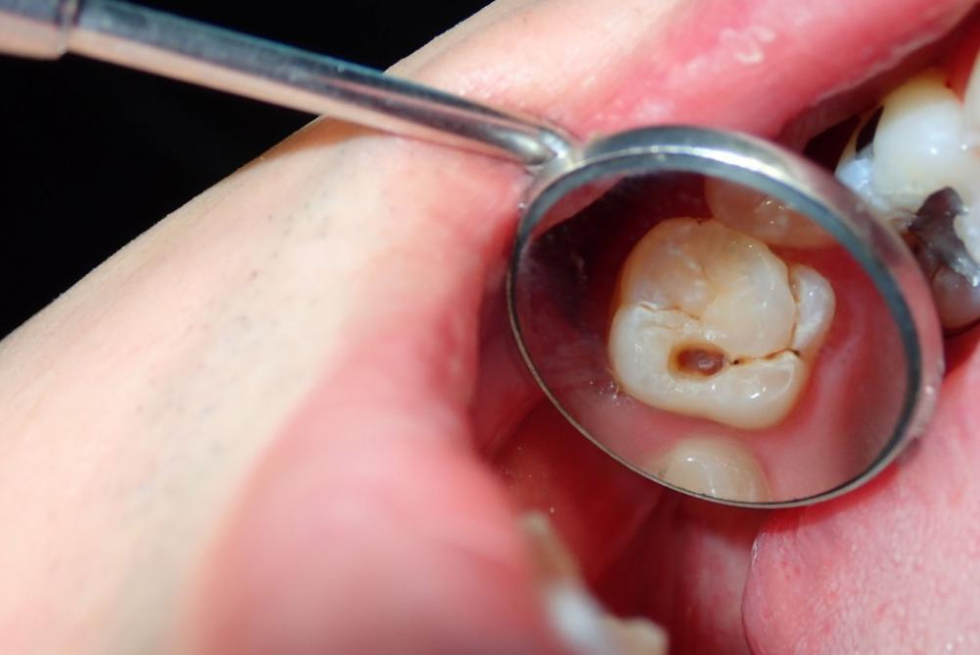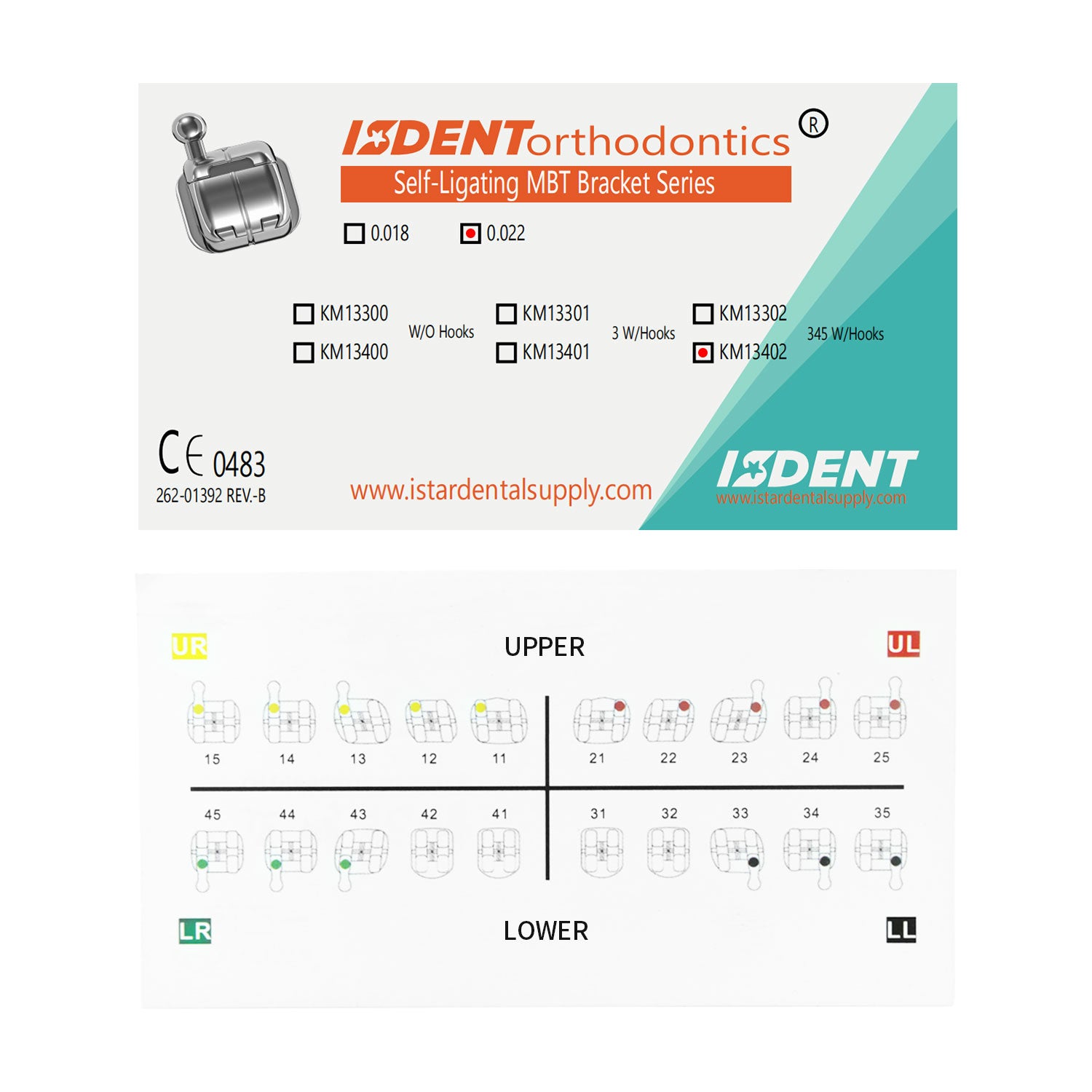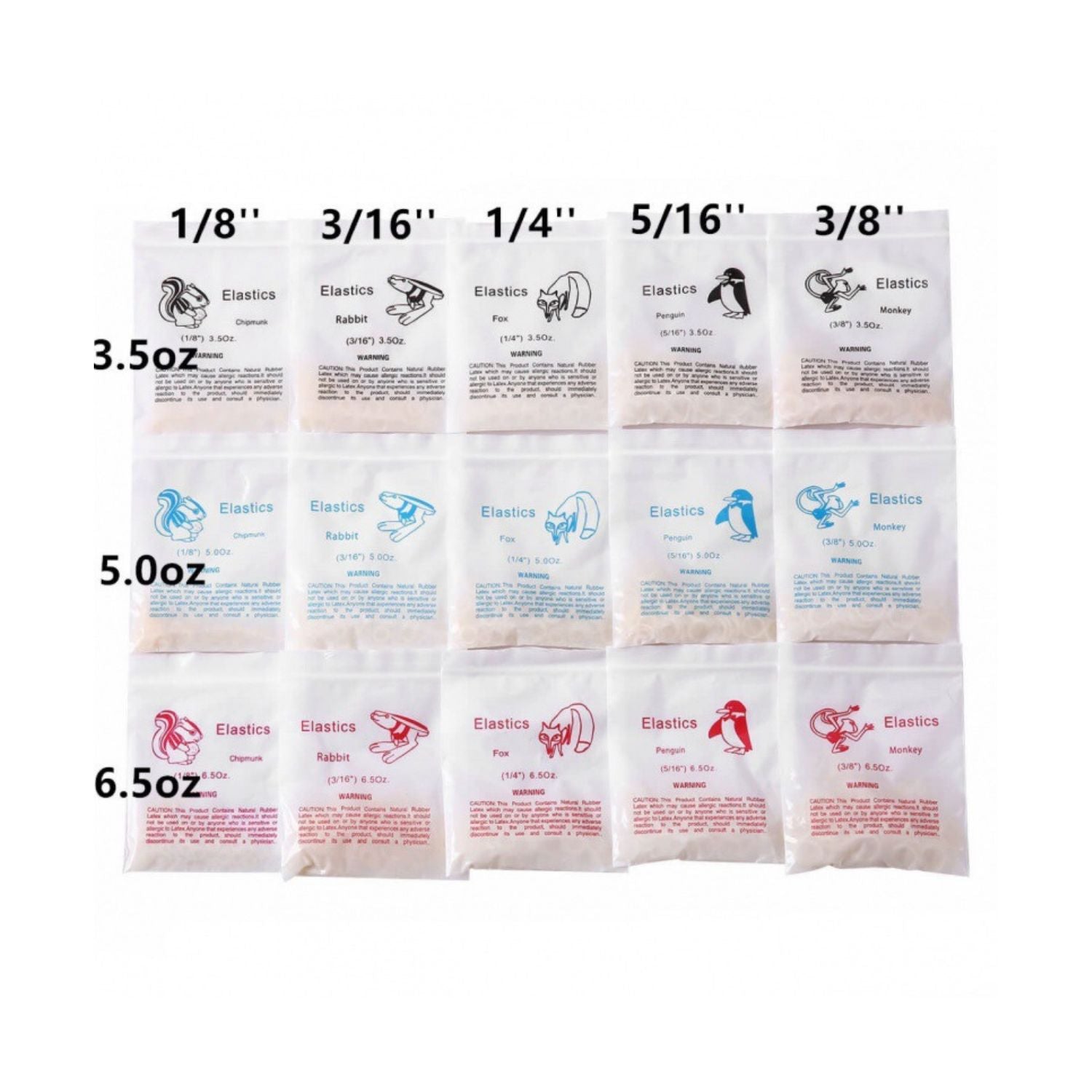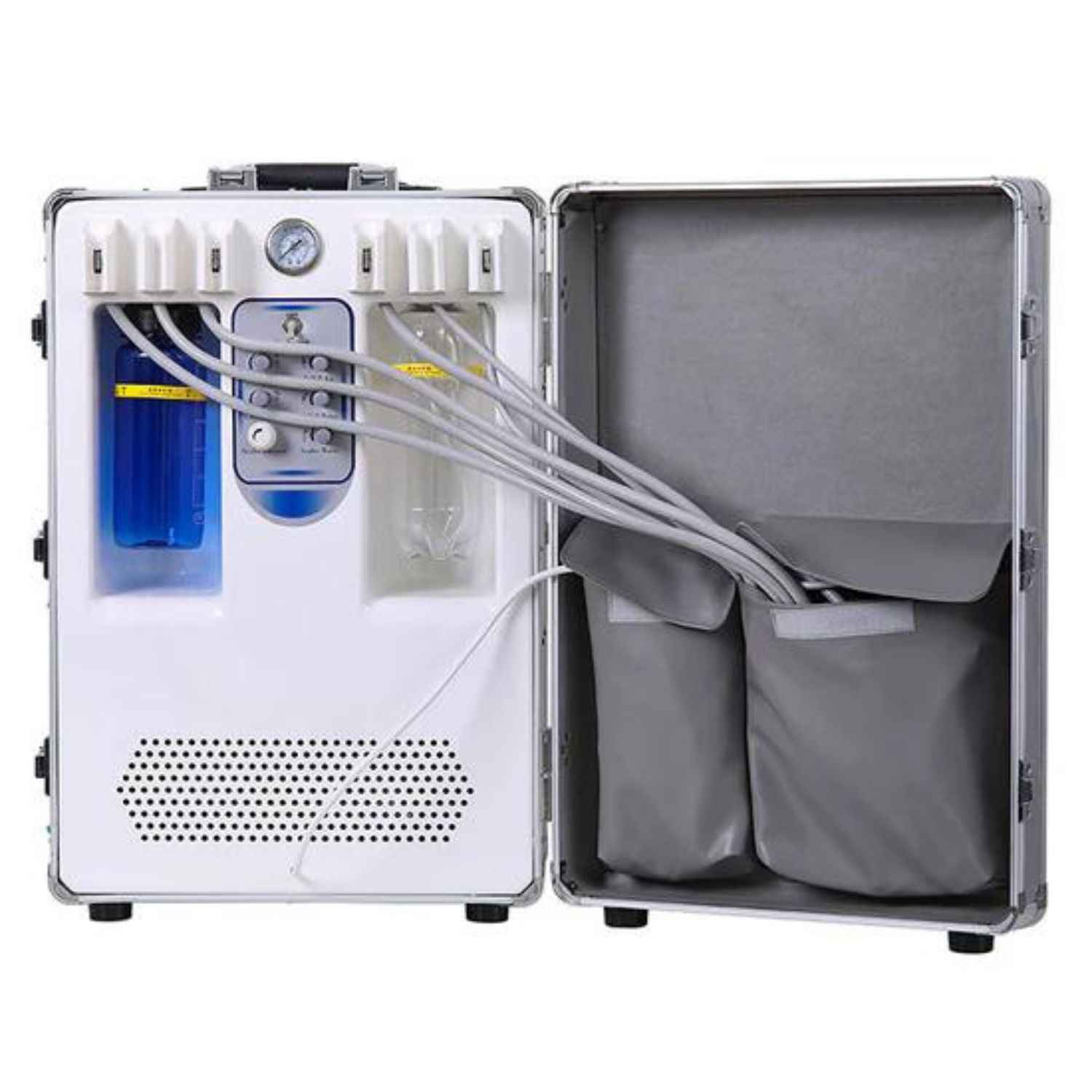What Does a Cavity Look Like? A Complete Guide to Spotting Tooth Decay
Are you worried about your teeth? Did you know that 9 out of 10 adults have at least one cavity? Cavities are tiny holes in your teeth caused by decay. Knowing what they look like can help you get help before they cause pain.
This guide will show you what cavities look like at every stage. You'll learn how to tell a cavity from a simple stain. Let's protect your smile by learning what to watch for!
What is a Cavity?
A cavity is a permanent hole in your tooth. It happens when acids eat away at your tooth. These acids come from sugar and food that mix with bacteria in your mouth.
Cavities don't heal on their own. They need a dentist to fix them. Without treatment, they get bigger and can cause:
- Pain when eating
- Infections in your mouth
- Loss of teeth
About 25% of adults have untreated cavities right now, according to the CDC.
Visual Signs of a Cavity
Cavities look different depending on how bad they are. Here's what to look for:
Early Stage Cavities
When a cavity first starts, you might see:
- White spots on your teeth
- Small brown areas
- Slight roughness when you touch the spot with your tongue
These early signs mean the outer layer of your tooth (enamel) is getting weak. You can't see inside the tooth, but damage is starting.
Moderate Decay
As the cavity gets worse, you'll notice:
- Dark pits in your teeth
- Small holes you can see
- Rough edges that catch your tongue
- A sticky feeling when you eat sweet foods
Most cavities (about 80%) happen on your back teeth. These teeth have more grooves where food can hide.
Severe Decay
Bad cavities show clear signs:
- Large holes you can see
- Black or brown spots that don't wipe off
- Swollen gums near the tooth
- Visible cracks in your tooth
When a cavity gets this bad, you'll usually feel pain too.
Cavities Between Teeth
Some cavities hide between your teeth where you can't see them. Signs include:
- Dark shadows between teeth
- Pain when flossing certain spots
- Food getting stuck between teeth more than usual
These cavities need X-rays to see clearly. That's why regular dentist visits are important!
How to Check for Cavities at Home
You can look for cavities at home with these steps:
- Wash your hands well
- Use a bright light and mirror
- Dry your teeth with a clean cloth
- Look for dark spots, holes, or rough areas
- Gently touch suspicious spots with a clean finger to check for softness
Tip: Use a dental intraoral camera like dentists use to see better! These tools help you see all parts of your mouth clearly.
Cavity vs. Stain: How to Tell the Difference
Not all dark spots on teeth are cavities. Here's how to tell them apart:
| Feature | Cavity | Stain |
|---|---|---|
| Color | Dark brown to black | Yellow to brown |
| Texture | Soft, sticky, rough | Smooth, same as tooth |
| Location | Often in grooves or between teeth | Usually on flat surfaces |
| Change over time | Gets bigger, darker | Stays the same size |
| Feel | Can feel hole with tongue | No texture change |
Remember: Stains look bad but don't hurt your teeth. Cavities damage your teeth and need fixing.
What Different Types of Cavities Look Like
Cavities can form in different places on your teeth:
Root Cavities
These form where your gums pull away from your teeth. They look like:
- Brown or black areas near the gumline
- Often on teeth near the back of your mouth
- May make your gums red or swollen
Pit and Fissure Cavities
These are the most common type. They form in the grooves of your chewing teeth and look like:
- Dark spots in the grooves of molars
- Small holes on the top of teeth
- Areas where food often gets stuck
Smooth Surface Cavities
These form on the flat outside surface of teeth:
- Look like white or brown patches
- Often on the sides of front teeth
- May feel rough when you run your tongue over them
What Dentists Look For
Dentists have special tools to find cavities you can't see:
- X-rays show hidden decay between teeth
- Dental explorers catch on soft spots
- Special lights make early decay glow
- Dental curing lights help dentists see the shape and depth of cavities
Dentists also check for:
- Pain when tapping on teeth
- Sensitivity to hot and cold
- Gum problems near sore teeth
Did you know? Dentists can find 60% more cavities using special tools than just looking with their eyes!
Dangers of Untreated Cavities
If you ignore a cavity, it won't go away. It will get worse and cause:
- Toothaches that keep you awake at night
- Infections inside your tooth
- Abscesses (pus-filled pockets) that need root canals
- Broken teeth that can't be saved
- Spread of infection to other parts of your body
Studies show that untreated cavities lead to missed work and school days. They also cost more to fix the longer you wait.
How Cavities Progress (Get Worse)
Cavities don't happen overnight. They follow these steps:
- Plaque builds up - Sticky film forms on teeth
- Demineralization - Acids weaken enamel, causing white spots
- Enamel decay - Small hole forms in outer layer
- Dentin decay - Cavity reaches inner tooth, causing pain
- Pulp damage - Infection reaches nerve, causing severe pain
- Abscess forms - Infection spreads beyond tooth root
This whole process can take months or even years. But once a cavity starts, it won't stop unless a dentist fixes it.
Preventing Cavities
The best way to handle cavities is to prevent them:
- Brush twice daily with fluoride toothpaste
- Floss every day to clean between teeth
- Limit sugary foods and drinks
- Visit your dentist every 6 months
- Ask about dental sealants to protect teeth
For professional cleaning, ultrasonic scalers remove plaque and tartar better than brushing alone can.
When to See a Dentist
Go to a dentist right away if you notice:
- Toothache or pain when chewing
- Visible holes in your teeth
- Sensitivity to hot, cold, or sweet things
- Staining that doesn't go away with brushing
- Gum swelling near a sore tooth
Early treatment means:
- Smaller fillings
- Less pain
- Lower costs
- Saving your tooth
Remember: Even if it doesn't hurt, a cavity is still damaging your tooth!
Frequently Asked Questions
Can cavities heal on their own?
No. Once a cavity forms a hole, it cannot heal itself. Only a dentist can fix it with a filling. Very early decay (before a hole forms) might be reversed with good care and fluoride, but this is rare.
Do cavities always hurt?
Not always. Early cavities often don't hurt at all. Pain usually starts when decay reaches the inner parts of your tooth where nerves are. By then, the cavity is already severe.
Are black spots always cavities?
No. Some black spots are just stains from food, drinks, or smoking. The key difference is that cavities change the texture of your tooth (making it soft or rough), while stains only change the color.
Can kids get cavities in baby teeth?
Yes. Baby teeth have thinner enamel, making them even more likely to get cavities. Children's cavities often look like brown or white spots on teeth. They need treatment just like adult cavities.
How fast do cavities grow?
It depends. Small cavities might take months or years to get bigger. However, children's cavities often grow faster than adults'. Sweet drinks and poor brushing can make cavities grow faster too.
Cavity Detection Tools
Dentists use several tools to find cavities:
- Dental mirrors let them see all surfaces of teeth
- X-ray machines show hidden decay
- Dental explorers detect soft spots
- Dental handpieces help remove decay once found
Modern dentist offices also use special cameras to take pictures of your teeth and show you exactly where problems are.
Summary: What You Need to Remember
Cavities look different depending on how far they've progressed:
- Early cavities: White or brown spots
- Moderate cavities: Dark pits or small holes
- Severe cavities: Large visible holes and pain
- Hidden cavities: May only show on X-rays
Don't wait for pain to see a dentist! By the time a cavity hurts, it's already deep inside your tooth.
Regular check-ups help catch cavities when they're small and easier to fix. Good brushing, flossing, and healthy eating habits help prevent them in the first place.
If you spot something that might be a cavity, make a dentist appointment right away. Your smile is worth protecting!









